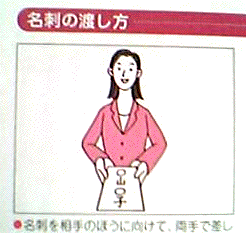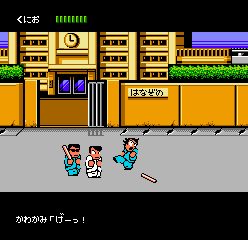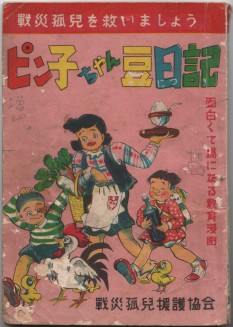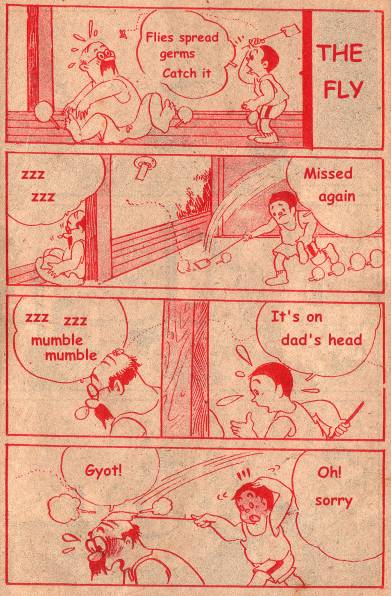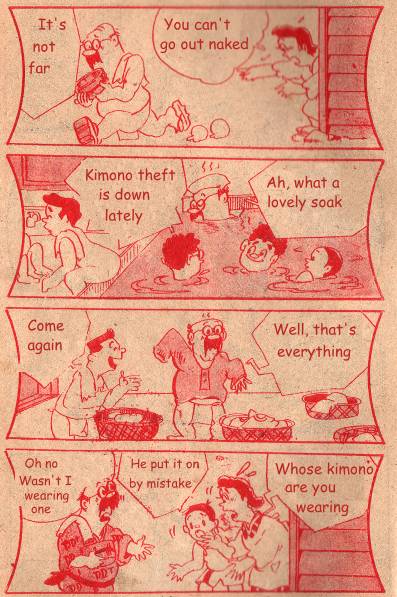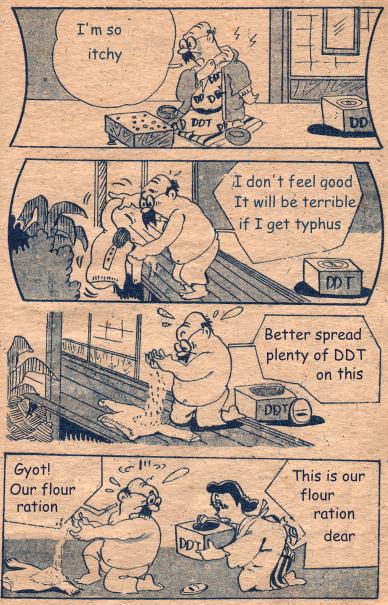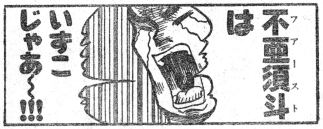First things first: despite the subtitle, Shinobi: Heart Under Blade is not about ninjas getting invasive cardiac surgery. Such a movie would be cool, I admit. The doctor would go to make the first incision, and the anaesthetised ninja would disarm him and break his neck, purely as a reflex action. Then another doctor would try, and fail, and then wave after wave of doctors would pour into the OR, scalpels in hand, only to join the growing pile of medical gown-clad corpses. Then finally a bearded hospital administrator would bellow "ENOUGH!" and the whole scene would freeze, allowing the hospital's mystical cardio-thoracic champion Jade Clamp to leap down from the observer's booth and perform the surgery by reaching directly into the ninja's chest and pulling out his heart while it was still beating.
But Shinobi is not that movie. Instead, it's an answer to the question, "What if we took the Hero-style CGI-driven approach to mano a mano action, and applied it to specifically Japanese cinematic traditions of martial arts representation?" And I thought it was a pretty good one. The influence was obvious, but the different ways of structuring and visualising the action were also substantial.
(One major one is that over in China, when people fly, they sort of waft or soar like birds, but in Japan, ninjas leap and spring like frogs or grasshoppers. I think this is because the most influential special effects in this area were done not with wires but by having a stunt man jump down from the roof and then playing that film in reverse so that the character jumps up -- but at regular gravity-driven speeds.)
And, of course, instead of famous Chinese people and places, Shinobi stars famous Japanese people, from the indisputably real (TOKUGAWA Ieyasu and HATTORI Hanzou) to the totally made up (Yashamaru, the superhuman shinobi who fights with steel tentacles that come out of his overlong sleeves... at least, I hope he was totally made up.)
I guess the movie was based on a manga/anime; I haven't read or seen those, but the movie was pleasingly anime-like. If I'm going in to a modern action movie about ninjas, I want to see teleportation (check), video-game-like waves of thrown weapons arcing through the air in perfect formation (check), slowed and stopped time while ninjas slice up twenty enemies one by one (check), lady ninjas who use sex to distract and then kill with poison (check)... it was really all there.
The story was, naturally, the weak point. There was a lot of standard ninja guff about being weapons, and if we don't fight, what can we do? To which the answer is, "I don't know, take up a hobby, or form a super-hero squad or something."
To sum up, look at this image. If you like it, you'll probably like Shinobi.
After the movie, and no doubt inspired by it, Aya said to me, "You know, you've been losing some weight recently. You should put some muscle on too."
"What, like Odagiri Joe?"
"Mmm... more like Michaelangelo's David."
"So you're saying you want me to look as good as the sculpture which represents the perfection of the male human form." [When viewed from below. But I didn't know that then.]
"Yeah."
Fortunately I managed to bargain her down to the Thinker.
UPDATE: I should have mentioned the Shinoblog, your one-stop source for pictures of pictures of NAKAMA Yukie gazing meaningfully into the distance while people embrace her from behind.
![[No-sword]](http://no-sword.jp/images/site/no-sword_banner.jpg)
